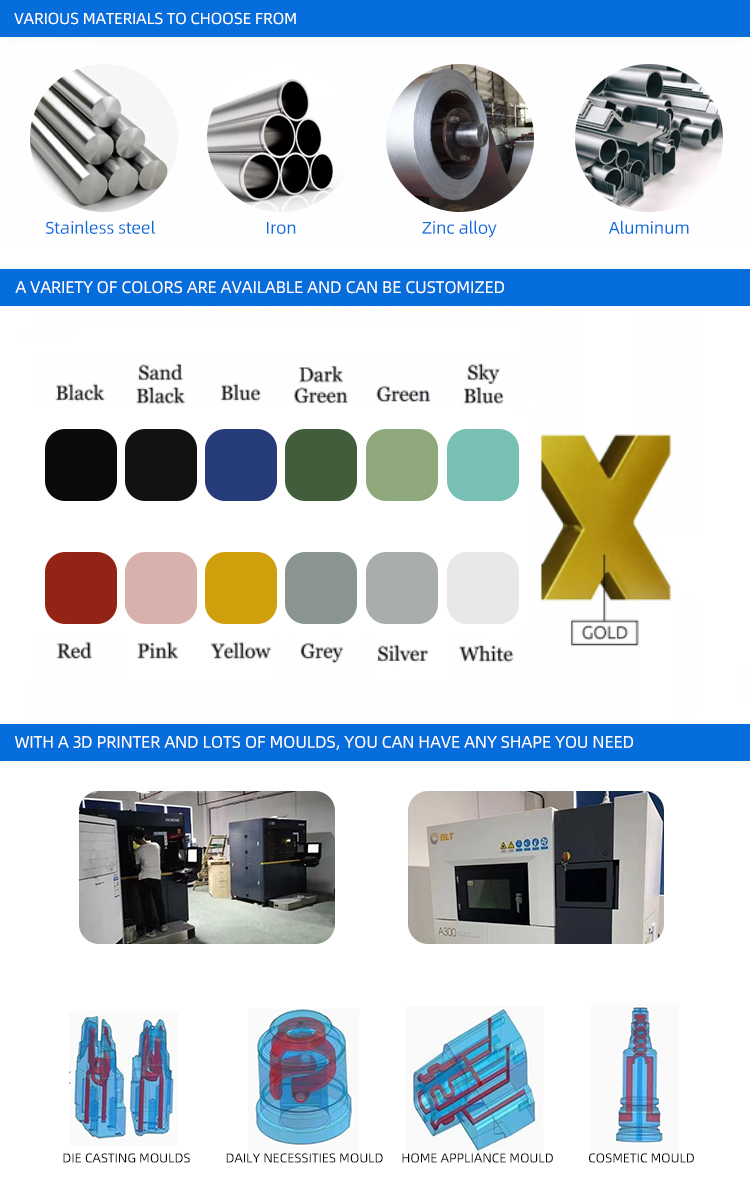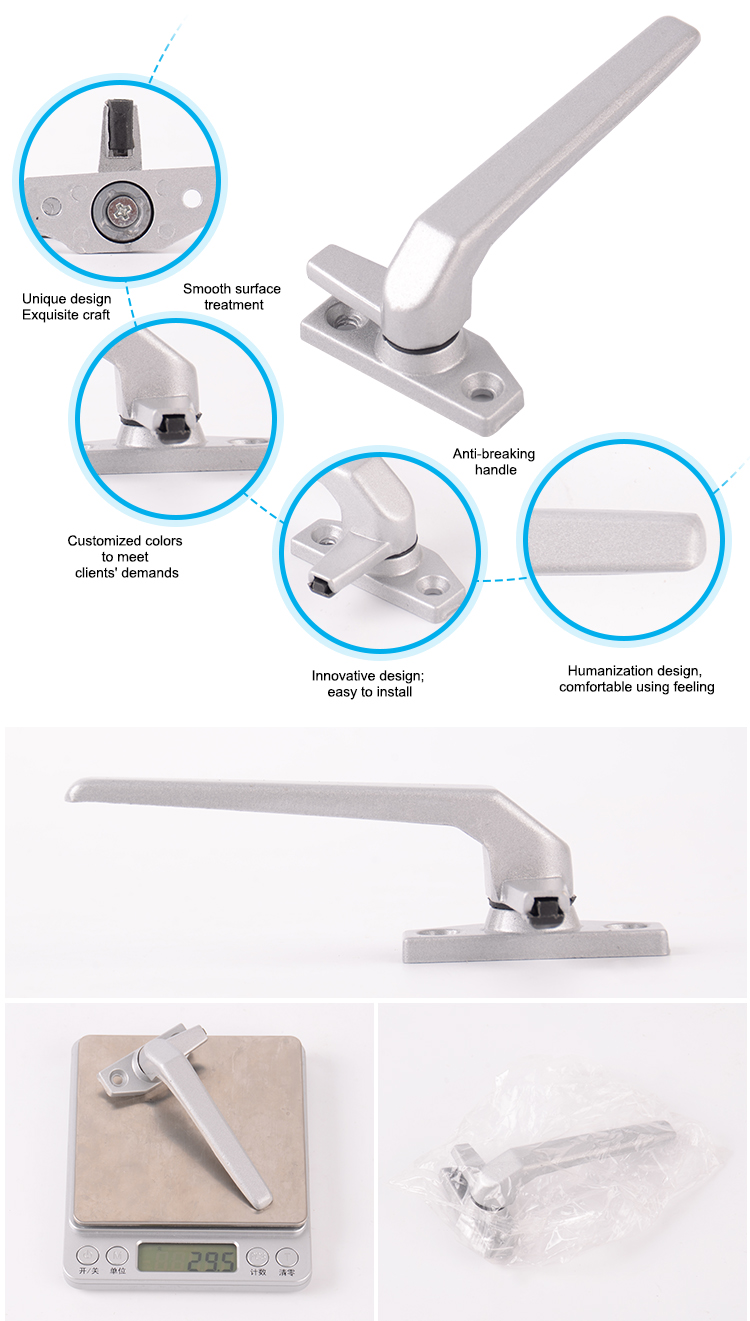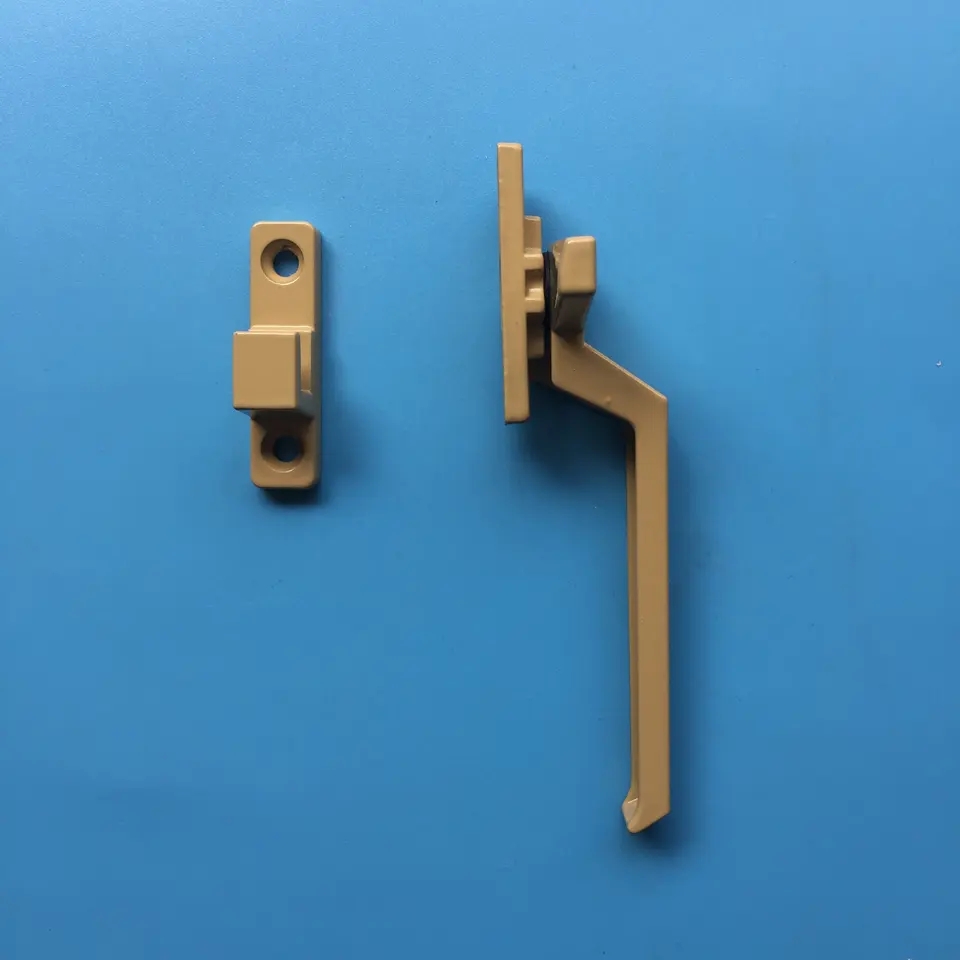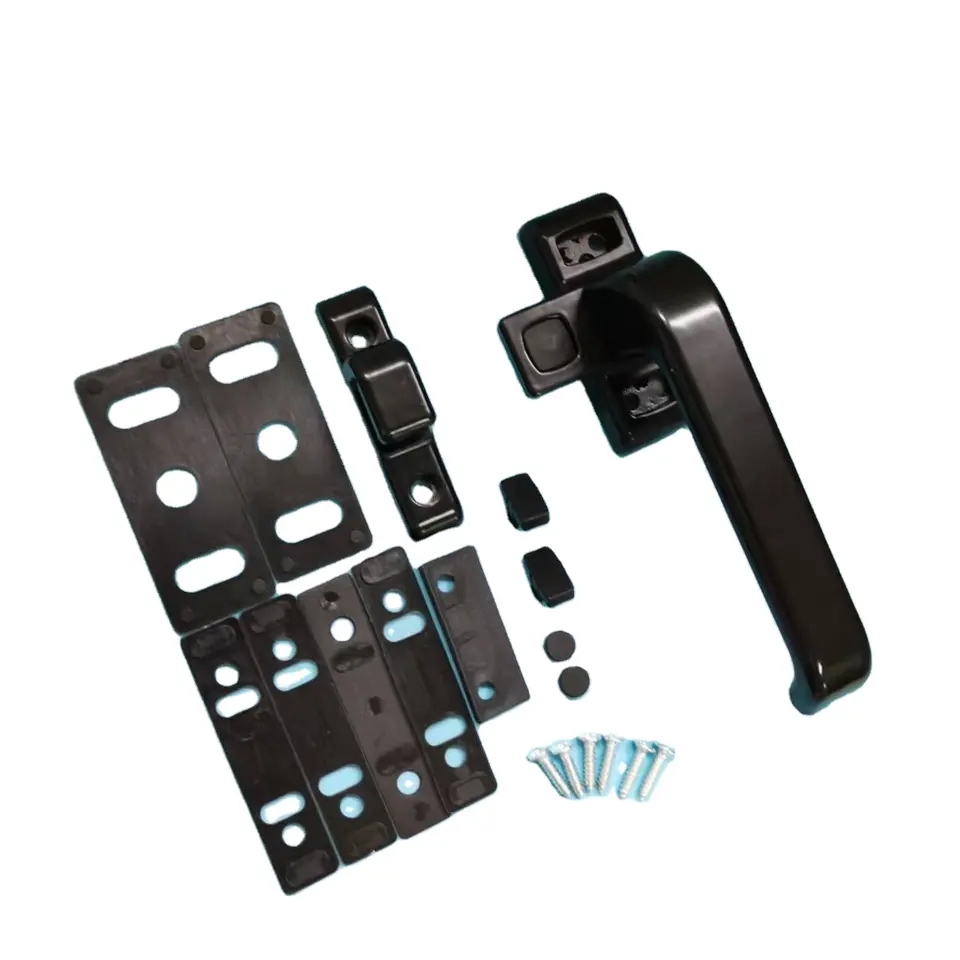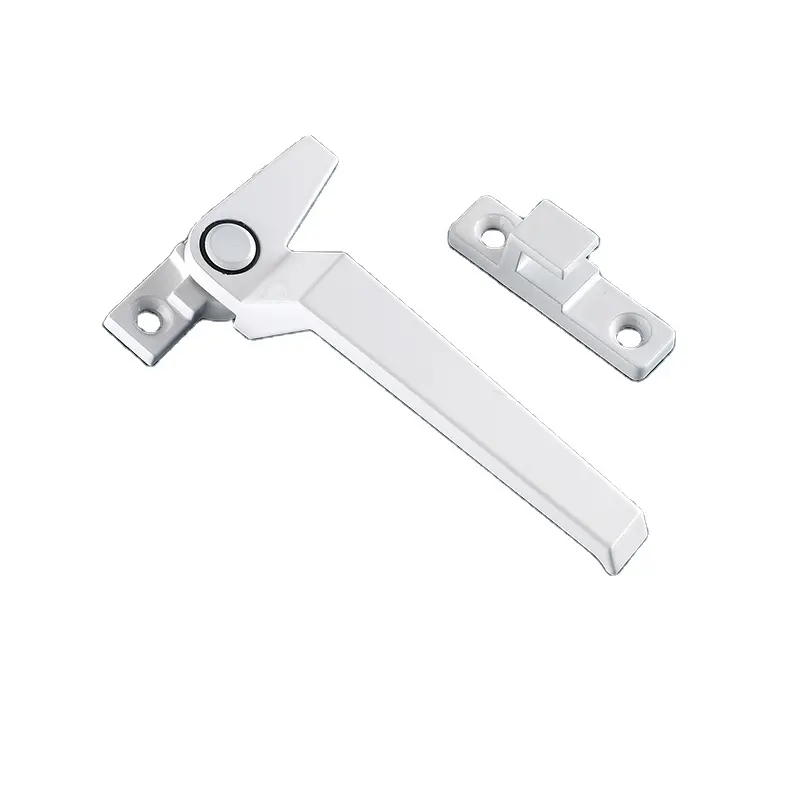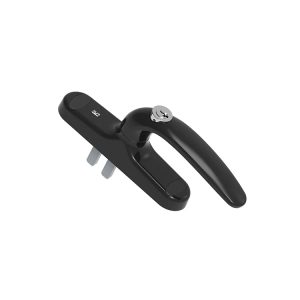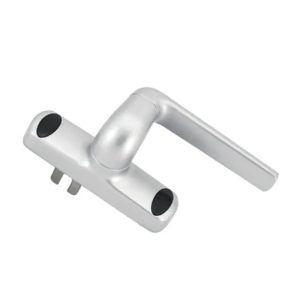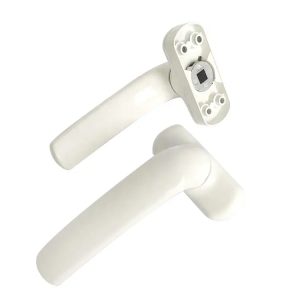Window Handles: Harmonizing Beauty and Functionality in Architectural Design
Introduction
Within the world of architectural ingenuity, where form finds its partner in function, window handles emerge as the subtle connectors that effortlessly blend elegance with practicality. These unassuming components play an integral role in elevating both the aesthetics and usability of architectural spaces. This article delves into the realm of window handles, exploring their multifaceted roles, the interplay of materials and design, and their ability to transform spaces into refined and purposeful environments.
Revealing the Functional Choreography of Window Handles
Window handles serve as the link between inhabitants and their surroundings, enriching the architectural experience in various dimensions:
Intuitive Interaction: Whether through the graceful motion of a lever or the controlled rotation of a crank, window handles offer tactile engagement, turning an everyday action into a nuanced experience.
Controlled Comfort: Modern window handles offer diverse opening options, empowering users to orchestrate natural light and airflow, fostering comfort while reducing energy consumption.
Safety and Serenity: Integrated locking mechanisms provide occupants with a sense of security, allowing them to immerse themselves in their spaces without worry.
Elevating Aesthetics: The Art of Design
Window handles go beyond their functional role, becoming design elements that enhance the visual narrative of architectural spaces:
Material Symphony: From the contemporary allure of chrome to the timeless charm of brass, the chosen material adds character and depth, seamlessly integrating the handles into the architectural composition.
Architectural Ensemble: Window handles can either blend seamlessly with architectural styles or stand as distinctive accents, contributing to the overall coherence of the design theme.
Finishing Flourish: The finish of a window handle, whether polished, brushed, or aged, imparts the final layer of refinement, creating a unified visual impression that resonates with the surroundings.
Guiding the Selection Process: A Balanced Approach
Selecting window handles demands a thoughtful balance between functionality and aesthetics:
Functionality and Form: Prioritize handles that align harmoniously with the operational demands of specific window types, ensuring that their form complements their function.
Design Continuity: Consider the overarching design language of the space. The chosen handles should resonate with this language, fostering a consistent visual dialogue.
Ergonomic Excellence: Opt for handles that prioritize comfort and ease of use. Especially in spaces where windows are frequently operated, ergonomic considerations play a pivotal role.
Conclusion
Window handles, often overlooked as mere details, epitomize the intersection of architectural sophistication and pragmatic utility. They marry tactile experience with artistic expression, creating spaces that invite occupants to interact thoughtfully with their environment. By thoughtfully selecting window handles that align with material choices, design intentions, and user comfort, architects and designers craft environments that transcend the mundane, welcoming occupants into a realm where beauty and functionality coalesce. In the symphony of architectural composition, window handles are the harmonious notes that unite form and aesthetics, ultimately shaping the narratives that architecture weaves.
